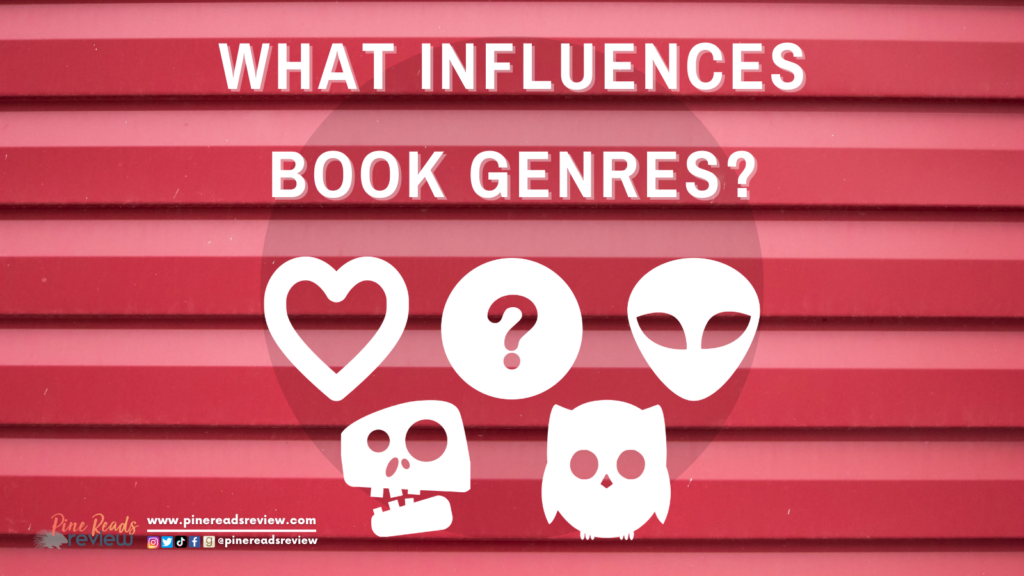
How books are classified for a specific genre has been an interesting debate especially as of lately as a newer genre, New Adult (NA), has begun to grow. Considered a bridge between Young Adult and Adult literature, the NA genre is the gray area in between. As guidelines begin to form for this genre, titles that were once staples of the Young Adult (YA) genre have since been booted off the YA shelves into this new category – and perhaps, rightfully so. Though books may be originally marketed for a specific audience, depending on the content of the book, the audience may be reconsidered as the book enters more readers’ hands.
While each group and book is uniquely their own and one set of guidelines can not be expected to categorize everything, it is interesting to note some common trends and how that has affected some books
At the very base, one simple way to look at fiction genres and age categories is to consider the age of the audience a book is intended for and then look at the protagonists in those stories. More often than not the protagonist will reflect the age of their respective groups.
Yet, Feyre Archeron in the A Court of Thorns and Roses series is nineteen when the book series first begins. She is already older than the YA age grouping, and thus, her audience should be older too. For this reason this series has moved up into the NA section which has the audience between the ages of eighteen to twenty-four (roughly). With the development of NA, books like ACOTAR can find a new home with an older audience allowing the story to develop in a more mature way that perhaps YA guidelines may not allow.
Considering these same four books, you wouldn’t expect to see the unexpected and shattering death of Leslie in one of the Magic Tree House books. Though some may argue that her death is not appropriate for its MG audience, it is definitely not appropriate for a younger group. Likewise, you wouldn’t see the violence or dystopian themes of Divergent in something targeted for MG because those are more mature themes that may be difficult for children in that younger audience to understand. Yet those themes found in Divergent are less severe than the gruesome and mature content of A Court and Thorns and Roses pushing it up into the NA category.
Those guidelines are in place. It’s important to remember that each reader is as unique as the book. What may be appropriate for one ten-year-old does not necessarily mean it is appropriate for another. These guidelines exist to help categorize and market stories for a specific audience, but they are not definitive standards, which is why books are shifting between genres and being placed on new shelves!
While I enjoy reading and exploring the NA genre as it grows and following protagonists that I can relate to because we are a part of the same audience, I will continue to go back and reread Magic Tree House or buy the newest YA fantasy novel. These genres shouldn’t define what we are or aren’t allowed to read!
PRR Writer Taylor Quinn